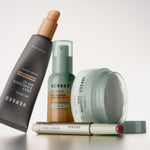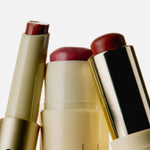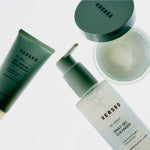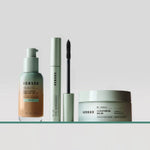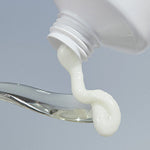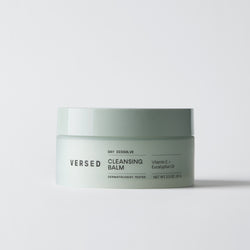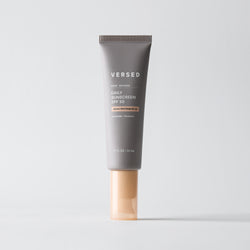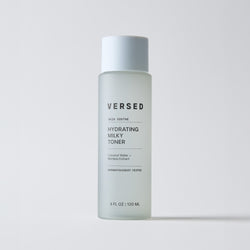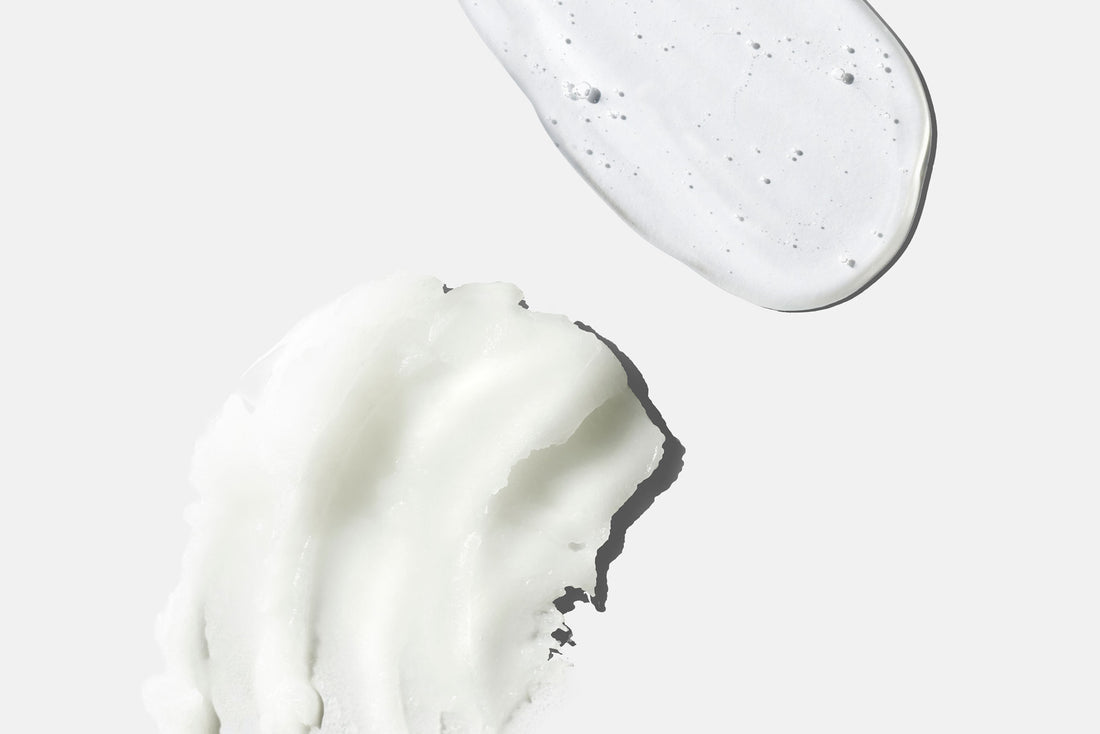pH is a term you probably haven’t given much thought to since chemistry class (remember those colored litmus strips?), but as it turns out, acids and bases play an important role when it comes to your skincare routine. This shouldn’t come as too much of a surprise given that the most effective skincare is rooted in science, so if skin’s appearing dry, inflamed, acneic, or simply out of whack, cosmetic chemist Vanessa Thomas suggests considering the pH of your products. Read on for a complete guide to pH-balanced skincare.
What is pH?
pH (or potential of hydrogen, if we’re getting super specific here) is a measure of how acidic or basic a water-based solution is. On its scale of 0-14, anything below 7 is acidic, above 7 is basic, and exactly 7 is neutral. For example: Lemon juice (which you probably know is acidic) has a pH of 2, bleach is very basic with a pH of 12, and water sits in the middle at 7 (the number considered “neutral”).You may notice that the pH of beauty products are often given in ranges. That’s because factors like temperature can slightly change a formula’s pH over time, so a range is a more accurate indication of a product’s pH.
The Relationship Between pH and Skin
Remember: pH only applies to water-based solutions. “If a product does not contain any water then the pH of that product is nonexistent,” Thomas notes. “pH can also be measured on the skin because we have water molecules present in our skin in the form of sweat and sebaceous secretions.” The natural pH of our skin is actually quite acidic and hovers around 5. Of course, everyone’s skin is unique and can change. Skin’s pH becomes more basic as we grow older, which is why we’ll notice an uptick in dryness and wrinkles as we age (more on that later). All these reasons came into play when formulating our Gentle Cycle Milky Cleanser which uses pH-adjusting blackberry vinegar to keep skin hydrated, calm, and balanced.
Why Use pH-Balanced Products
pH-balanced skincare refers to products that mimic skin’s natural pH—not too basic, not too acidic—to keep its acid mantle (a.k.a. skin’s barrier function, which protects against bacteria, irritants, and stressors) happy and healthy. “This oil-water layer provides a barrier on our skin and can only be broken by coming in contact with extremely acidic or extremely alkaline substances.” According to Thomas, using pH-balanced skincare is beneficial for everyone, but it’s especially useful if your skin is sensitive or prone to inflammatory conditions like rosacea and eczema, since these often indicate a weakened acid mantle. Swiping on our Baby Cheeks toner (pH: 5.0-6.0) is one of our go-to ways to rebalance our skin’s pH.How Do I Know If My Skin’s pH Is Off Balance?
As a rule of thumb, the best skincare products to use will fall on the acidic side. Without getting into a science experiment of your own, the best way to judge a product’s pH is to apply it and notice how your skin feels after. Dry, tight, and squeaky clean? That product’s pH may not be ideal for you. Fun fact: There’s a reason we shouldn’t wash our face with a regular ol’ bar of soap. Soap’s pH is pretty basic, around 9.0-10.0, which is why our Antioxidant Cleanser (along with all of our cleansers) is soap-free. “That being said, we don’t really need to use pH balanced products to correct our skins pH", Vanessa adds. "It’s more about using less products that are unbalanced".Some other clues that indicate an off-balance pH are signs of a damaged barrier—flakiness, increased sensitivity, inflammation, redness, premature aging, and breakouts. Habits such as washing or exfoliating your face too often, cleansing with hard water, and (here’s a new one) choosing which laundry detergent to wash your face mask with can also impact pH (psst: we recommend choosing one labeled ‘gentle’ or made for delicates, as those detergents typically have a neutral or low pH).
The pH of Versed Products
You’ll find the pH ranges for all our cleansers and toners below. Why cleansers and toners? It’s particularly important that these types of products, which contain cleansing agents, closely resemble skin’s natural pH so as not to strip the skin and throw the acid mantle off balance.
By the way, know that it’s perfectly okay to layer products with different pHs together—individual pH’s don’t impact each other.
Antioxidant Cleanser: 5.8-6.0
Milky Cleanser: 5.0-6.0
Acne-Calming Cream Cleanse: 5.2-6.2
Microcrystal Exfoliator: 5.2-6.5
Daily Brightening Toner: 5.0-6.0
Hydrating Toner: 5.0-6.0
*Day Dissolve: Because Day Dissolve is oil-based, it doesn’t have a pH.
